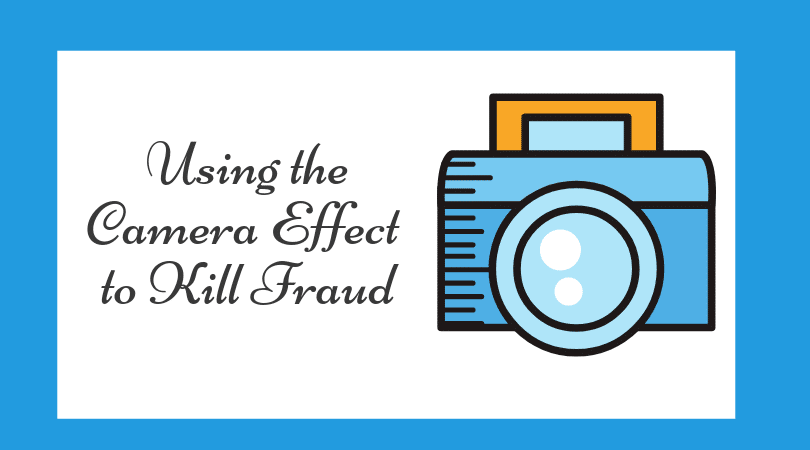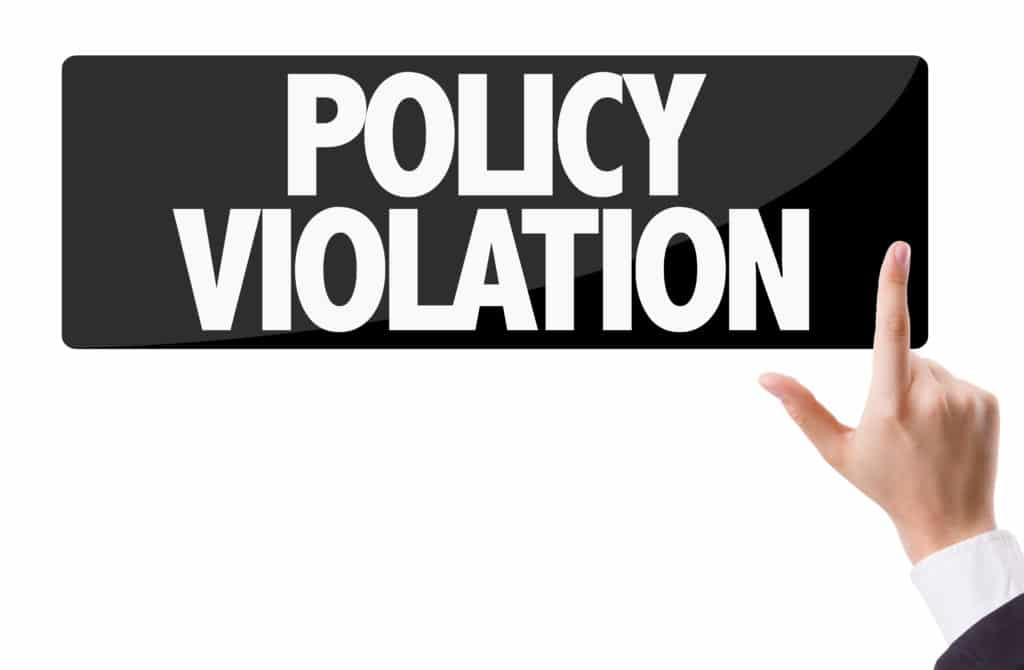
The Camera Effect Keeps Everyone Honest (Learn How)
By Charles Hall | Fraud
You can use the camera effect to kill fraud. Today I tell you what the camera effect is and how you can use it to reduce theft.
People are more prone to steal if they think no one is looking. But the camera effect is a powerful deterrent. So what is it? When others see the actions of an employee, he changes positively.
43% of fraud detection comes by way of tips. This is why whistleblower programs are the number one way to reduce theft. Time and time again, the Association of Certified Fraud Examiners’ surveys show that whistleblower programs lessen the number of and dollar amount of frauds. Employers provide 1-800 numbers whereby employees can anonymously report potential red flags 24/7. So why would a telephone number reduce fraud?
The camera effect.
Use the Camera Effect to Kill Fraud
We know that when potential fraudsters believe their thefts will be seen, they stay clean. No one wants to go to jail. No one desires to embarrass themselves or their family members.
The key is to introduce the threat of discovery.
This is why whistleblower programs are effective. When in place, such programs make employees feel that others see their actions. For example, if I make $40,000 a year, but I buy an $80,000 vehicle, my fellow employees (at least some) know this is a fraud signal. Now someone can report this signal using the whistleblower program. Think of the whistleblower programs as lots of roving cameras recording and communicating actions in real time. Now employees believe, “If I take, I will be seen.”
When I teach fraud prevention classes, I stand in front of the room and turn a security camera on. It whirls and turns, making class members feel as though they are being recorded. It’s funny; people act differently. They sit up, fix their hair, smile. After the camera rotates a couple of times, I say, “The camera is not hooked up to anything. You are not being recorded.” What did I do? I made them think they were being taped.
My teaching point: We want employees to believe their actions are visible. The camera effect causes positive actions.
Examples of the Camera Effect
Here are examples of fraud prevention steps that create the camera effect:
- Someone outside of the accounts payable department randomly selects ten cleared checks each month and reviews the payee, the signature, and the invoice support (let the accounts payable personnel know that this procedure will be performed periodically)
- Mail the bank statements to someone outside of accounting who opens them and inspects the contents before providing the statements to the accounting department
- An outside CPA or CFE performs surprise tests of accounting information twice a year, picking whatever area she desires to inspect (now everyone knows their work is potentially subject to review)
Your Camera Effects
What are you doing to create the camera effect? White-collar crime is a real threat to your organization.





